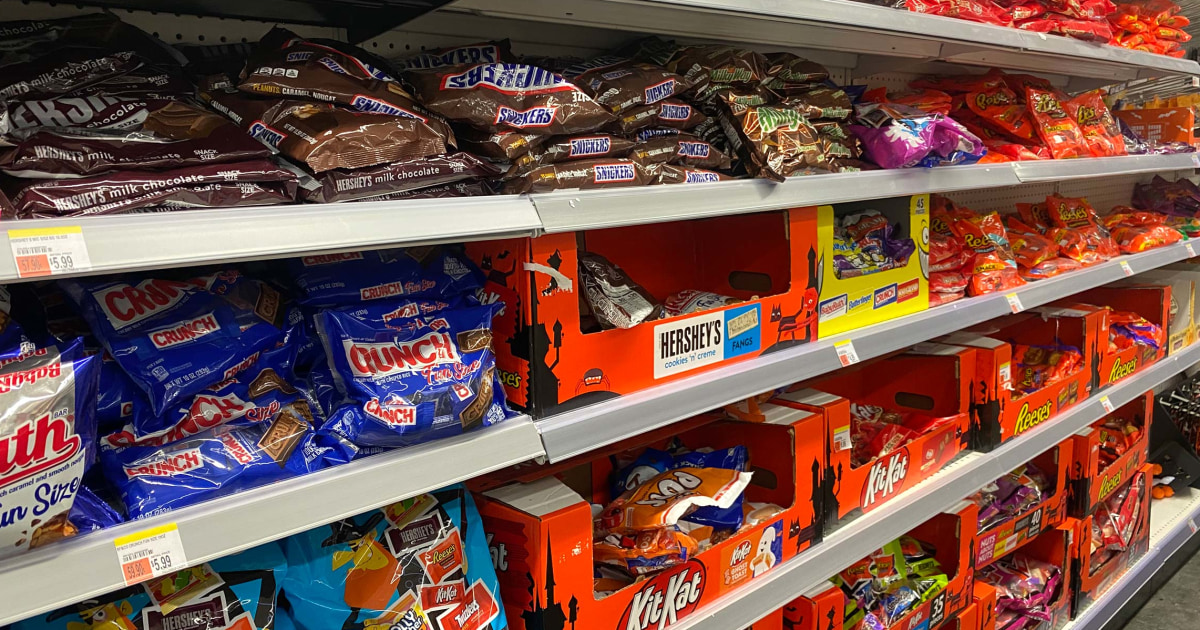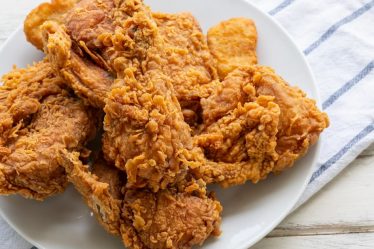
Less than a week away from Halloween, a major online candy retailer has filed for bankruptcy.
On Oct. 24, CandyWarehouse.com, Inc. filed for Chapter 11 bankruptcy protection in the United States Bankruptcy Court for the Northern District of Texas, Dallas Division.
The confection company, located in Sugar Land (yes, Sugar Land), Texas, listed in court documents between $100,000 to $500,000 in assets against liabilities that range from $1 million to $10 million.
Candy Warehouse began operating in 1998 and describes itself as a “woman-owned, minority family business.” It has focused its sales on hotels, resorts, hospitals, theme parks and other businesses. It also serves as a supply hub for some candy shops and retailers.

Mimi Kwan, president of Candy Warehouse, says everything the company does is in-house — from customer service to packing orders in its climate-controlled warehouse — and some of its employees have been with the company for nearly 20 years.
“We’re just a small company competing with giants like Amazon, Target, and Walmart — a little fish in a big sea,” Kwan tells TODAY.com. “To our loyal customers, thank you, and for those reading this, please remember us the next time you need candy or a little sweetness.”
While Candy Warehouse sells a variety of mainstream candies, Alina Morse, CEO of Zolli Candy, told Snack and Bakery consumers are seeking healthier candy options, like those with “vitamins or other supplementary dietary needs.”
Candy Warehouse filed under Subchapter V of Chapter 11, meaning it is planning on restructuring to stay afloat rather than shut its doors for good.
A hearing is scheduled for Oct. 29 to decide whether the company can continue operations during the Chapter 11 process, which includes paying its employees and suppliers.
Meanwhile, cocoa prices have been on the rise. Because of this, in July, Hershey announced it would be raising the price of its candy.
In a statement, the company said prices would go up by a percentage in the “low double digits,” but added that 75% of its candy offerings would still cost less than $4.


